In this sequence, teachers make clear the ways they are recreating historic techniques, and how this impacts their investigate right now.
Old recipes and cookery guides are significantly getting recognised as archival records, documenting extra than just the food that was eaten in the previous. They assist us monitor consistencies and variations in our tastes and traditions, and in the procedures and systems we utilize or depend on to get ready a dish or meal.
Irrespective of whether hand published or commercially manufactured, the simple fact that the recipes have been recorded implies the writer felt the resulting foods were really worth ingesting.
When you flick through old Australian recipe textbooks, you will obtain some of the dishes are common, if not the same (“fricasees” and “ragouts” we now know as casseroles), when some others, this kind of as flummery and blancmange are echoed in today’s much more complex bavarois and pannecotta.
Other dishes which were being when typical in old cookbooks are curious or even peculiar to the present-day cook dinner, in particular these produced with meat cuts that some Australians may well balk at: mock turtle soup (created with a calf’s head), brawn (designed from a pigs’ head), calves’ feet jelly and boiled tongues getting standouts.
As a historian with a Le Cordon Bleu Master’s degree in gastronomy, (which I describe as the examine of meals and meals cultures), I am an intrigued by food items these types of as these. They are nevertheless popular in a lot of other cultures’ cuisines, but have dropped their place in Australia’s daily culinary repertoire.
Why have they disappeared from our menus, and what does their absence from our kitchens, eating tables – and cookbooks – say about contemporary foodstuff selections?
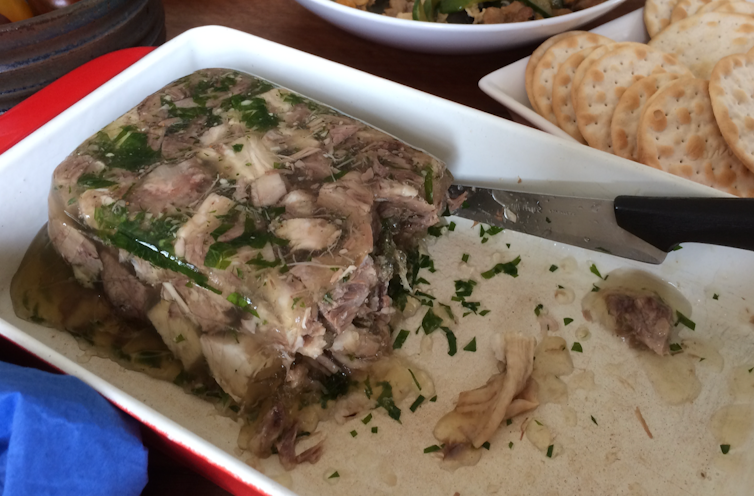
Jacqui Newling, Author furnished
Sensory and visceral
I acquire a incredibly palms-on technique to looking into our food stuff heritage. My gastronomy degree is an tutorial qualification – I am not a formally educated cook, permit by itself chef. I have an Anglo-Celtic history that has not exposed me to the the greater part of “lost” dishes outlined previously mentioned in the normal training course of everyday living.
In get to understand them – and, importantly, the processes included in producing them – reading recipes is not ample. To create or converse about them with any authority, I want to practical experience them myself.
I do not profess to be accurately recreating the past or replicating the strategies and ensuing dishes. Technological and food stuff safety benchmarks have altered the components and important gear to cook dinner with them, but my experimental and explorative “forensic” workout routines have been enlightening and instructive.
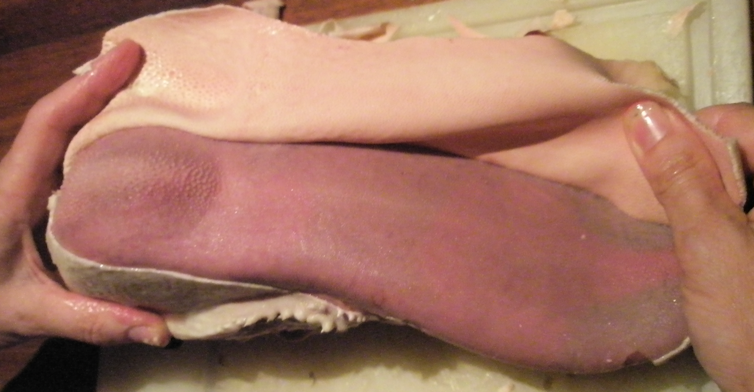
Jacqui Newling, Writer presented
They have offered me with a much extra personal relationship with these dishes and appreciation of the time, expertise and energy needed to produce them – even with fashionable cooking services – than phrases on a website page could at any time conjure.
The sensory and, at occasions, visceral nature of creating these dishes has been significantly instructional, but normally challenging and discomforting.
I recognise now the vague, nondescript but unique odor that is emitted when reconstituting jelly crystals as that which emanates from boiling calves’ feet: the fruity flavours and colouring a thin veil for the genuine origins of animal-derived gelatine.
Just the imagined of handling an ungainly, incredibly big, dense and large ox-tongue, trimming absent the unpleasant connecting ligaments and peeling its slim but leathery skin from the organ makes me uncomfortably aware of my possess tongue’s anatomy.
Cooking full animal heads – their eyes staring again at me (accusingly? beseechingly?) as the pot bubbled absent on the stove – was pretty disarming.
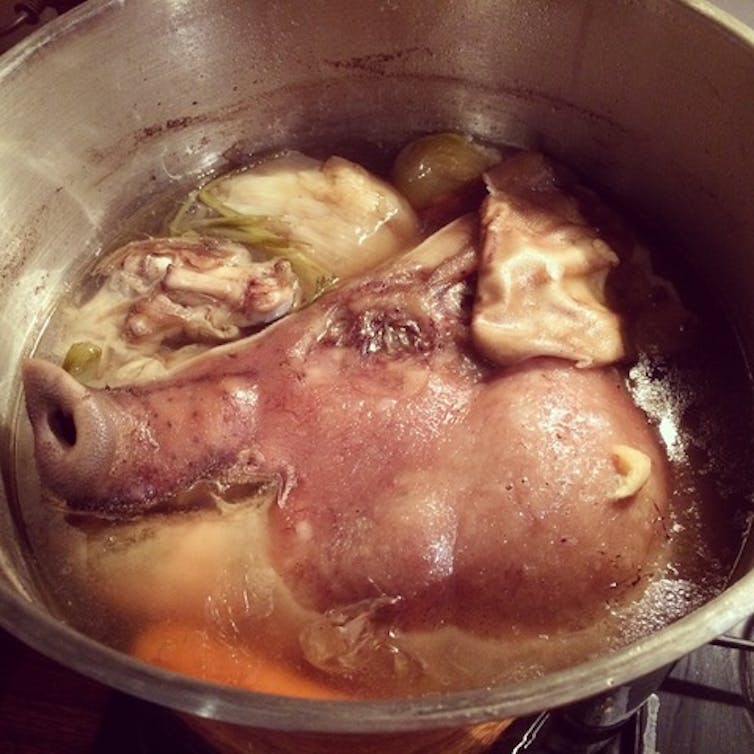
Jacqui Newling, Author presented
Dismembering the pig’s experience to retrieve the edible sections for brawn (cheeks, jowls, palate, tongue and snout) is a sticky, slippery and messy task.
Even though these experiential and embodied varieties of self-schooling have elicited feelings of repugnance, to me they are tangible techniques of connecting the earlier and the present, sharing encounters with cooks who also manufactured these dishes or followed these recipes.
Slippery, slimy and oozy
Emotional responses are of class person, and imbued with cultural and individual this means. My feelings of distaste or revolt might not have been experienced by cooks and diners who welcomed these dishes on to their tables.
With the gradual disappearance of community butchers’ shops functioning with entire animals, our meat, poultry and fish is normally marketed in plastic packaging, generally deboned or filleted with skin eradicated, trimmed of fats and sinew, ready-portioned, most likely marinated and completely ready to cook dinner without having additional handling.
Moisture sachets and packaging that assistance take up fluids and odours make us a lot less tolerant of the purely natural realities of animal pieces that are messy, bloody, sinewy, gristly, viscous, gelatinous, slippery, slimy and oozy.
When easy and time-preserving for shoppers, these preparations distance and disconnect individuals from the supply animal. We are getting rid of functional techniques, but also the sensory connections and emotional sensibilities that appear with working with them.
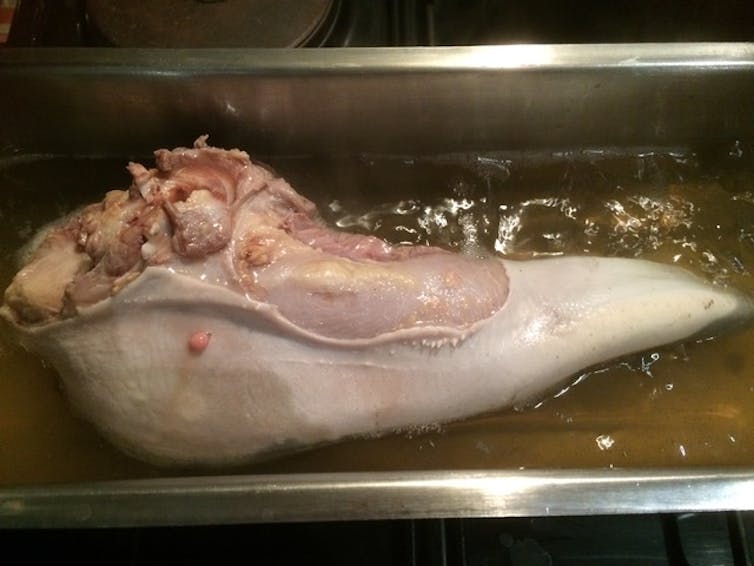
Jacqui Newling, Author supplied
Many meat eaters who are comfortable with traditional flesh-meats recoil at cuts that are reminders of the the moment-dwelling animal, finding heads, tongues, feet and tails revolting, most likely horrifying, even barbaric.
Conversely, nose-to-tail eating, which tends to make use of every edible portion of an animal is lauded as a respectful and responsible acknowledgement of the environmental impacts of meat production and a way of honouring the lifestyle taken from an animal bred for intake.
If we take into account the adage that foodstuff ought to not only be fantastic to take in but good to consider about – morally and ethically – is resisting or rejecting these foodstuff prejudice or a mark of refined flavor? Were being earlier generations crude and uncouth in their tastes and dining patterns, or do they in fact hold the greater moral ground, coming facial area-to-face with the actuality of their food items resources?
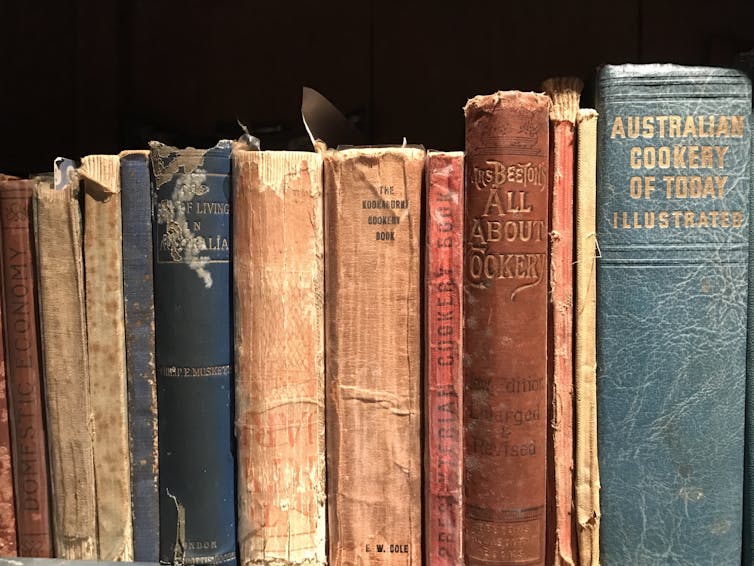
Jacqui Newling, Creator presented
A recipe to consider: mock turtle soup
Get a calf’s head as new as feasible, split it and just take out the brains, wash and clean up it nicely and lay it to steep in chilly h2o for an hour. Then put into a stewpan with enough water to protect it, and two or three pints more than established it on the hearth to boil, permit it simmer 1½ several hours consider out the head, and when cold plenty of slice [the meat] into items, from 1 inch sq., and peel the tongue and lower it into parts, only scaled-down, and place these into a pan until the next working day, lined with a very little of the liquor.
Then put all the bones of the head, and about 4 lbs of shin beef into the liquor in the stewpan. To this liquor when boiling, have to be included the rind of a lemon, 1 turnip, and a small mace and allspice, and a bunch of sweet herbs with white peppers and salt to flavor. Allow these boil slowly but surely for 5 several hours and then pressure.
Heat up the following day with the parts of meat, egg balls and two or three eyeglasses of white wine (sherry most well-liked).
— Mrs. Arthur Hardy’s recipe. The Kookaburra Cookery Reserve, The Girl Victoria Buxton Girls’ Club, Adelaide, South Australia. 1912.
